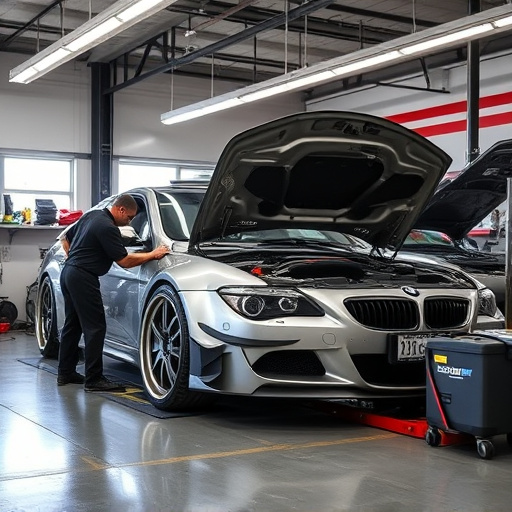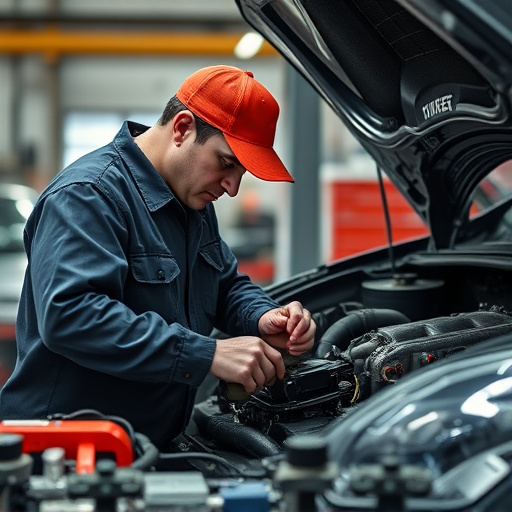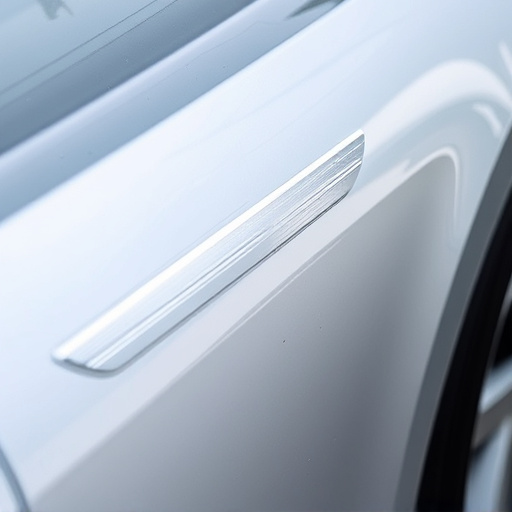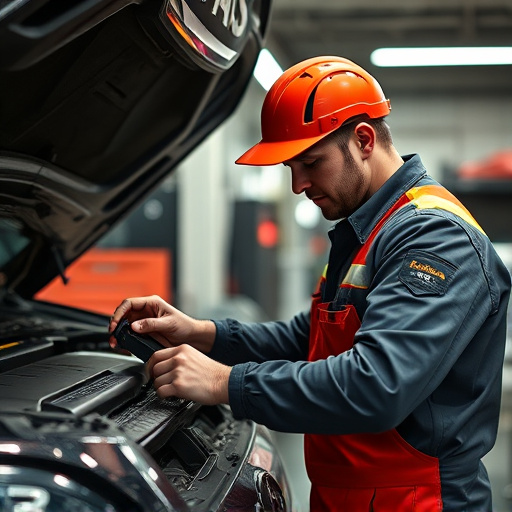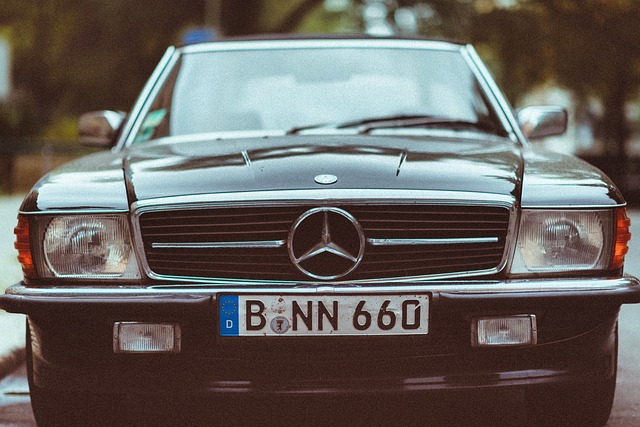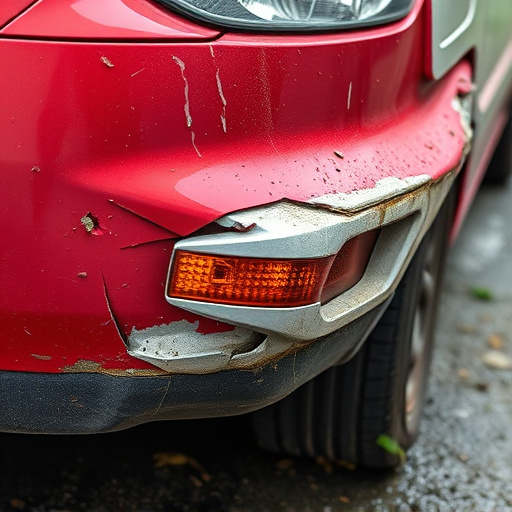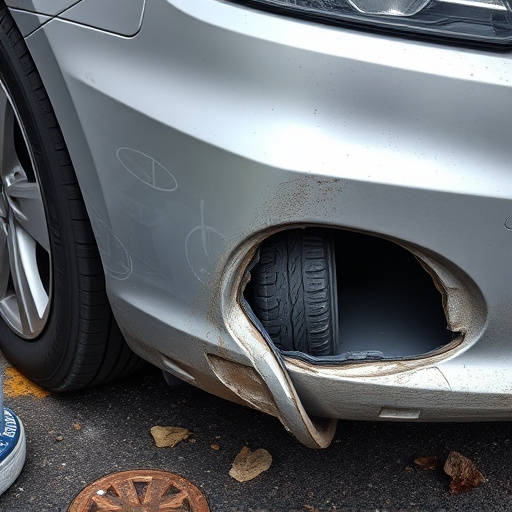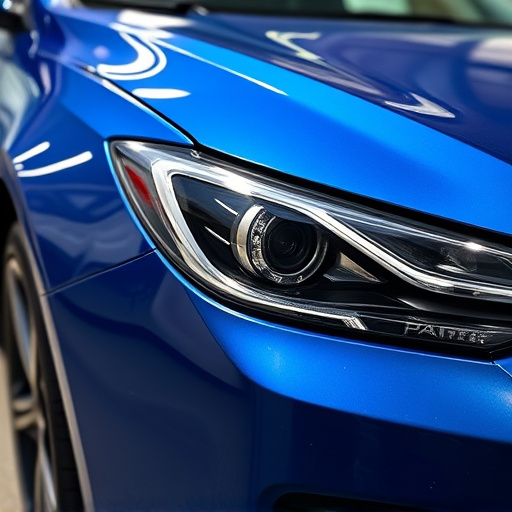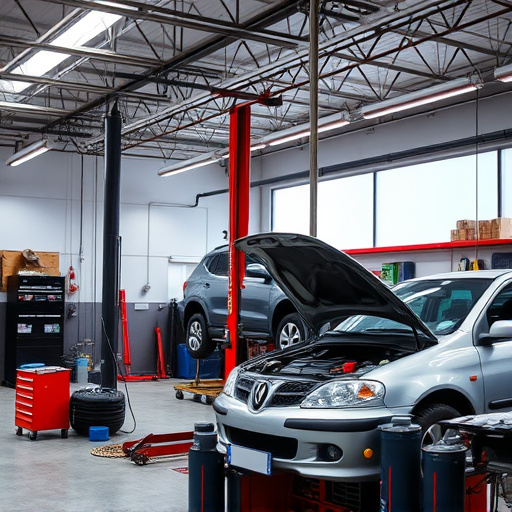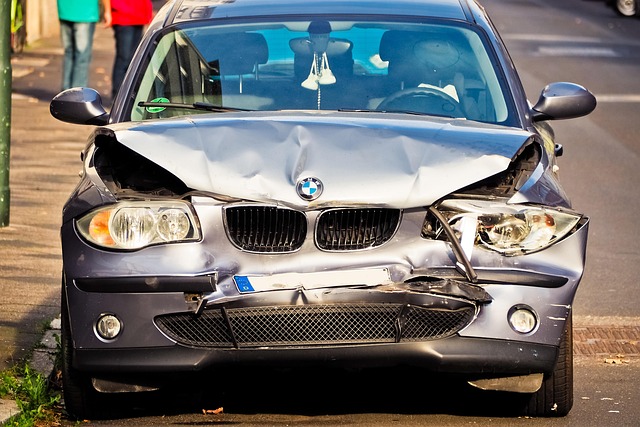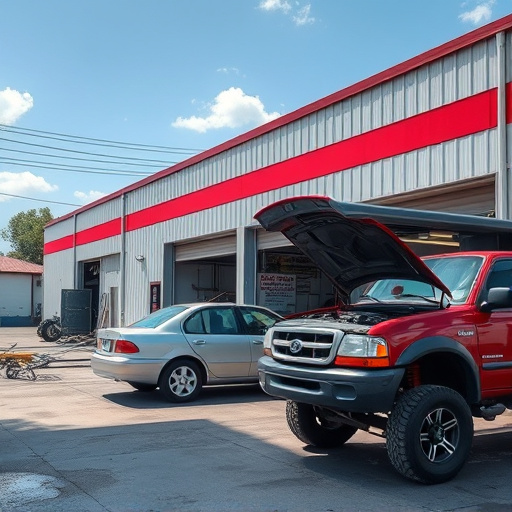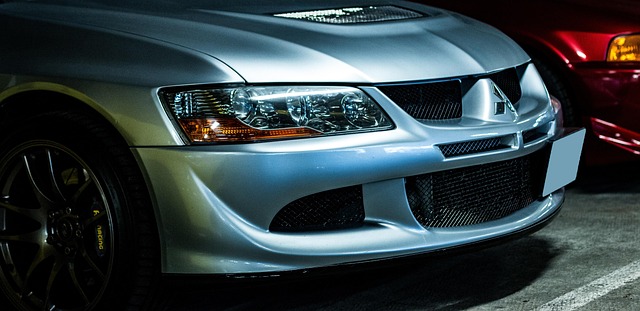Tri-coat paint repair is a specialized auto body technique that restores damaged paintwork using three coats: primer, color, and clear coat. This method emphasizes layering for seamless blending, high-quality finish, and extended lifespan, offering significant advantages over traditional repair methods. For optimal results, follow a meticulous process starting with thorough preparation, allowing adequate drying time between each coat to ensure environmental protection and aesthetic enhancement for your vehicle's exterior.
Discover the transformative power of layering techniques in achieving flawless tri-coat paint repair. This comprehensive guide delves into the intricacies of this advanced restoration method, revealing its key benefits and step-by-step application for prolonged durability. Understanding the basics of tri-coat paint repair is the first step towards revitalizing your surface to its original condition. Uncover why layering is essential for a long-lasting, professional finish that enhances your vehicle’s or surface’s aesthetic appeal.
- Understanding Tri-Coat Paint Repair Basics
- Key Benefits of Layering Techniques
- Effective Application Steps for Longevity
Understanding Tri-Coat Paint Repair Basics
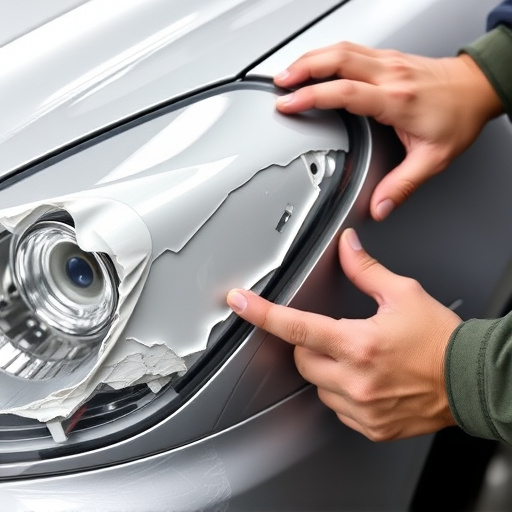
Tri-coat paint repair is a specialized technique used to restore damaged vehicle paintwork to its original state. Unlike traditional auto body shop repairs that often involve removing and replacing entire sections of paint, tri-coat repair focuses on preserving the existing paint by using precise layering techniques. This process starts with sanding down the damaged area to create a smooth base, followed by meticulous application of three distinct coats: primer, color, and clear coat. The use of these layers ensures a seamless blend that matches the vehicle’s original paint job perfectly.
In auto painting, understanding the importance of each coat is key. Primer acts as a bonding agent, ensuring the color adheres properly to the surface. The color coat, chosen to match the vehicle’s make and model precisely, is carefully applied to conceal imperfections. Finally, the clear coat provides a protective layer that enhances the gloss and durability of the paint job, protecting it from future damage. This meticulous approach not only ensures a high-quality finish but also extends the lifespan of the vehicle paint repair, making it a preferred choice for many auto body shops.
Key Benefits of Layering Techniques
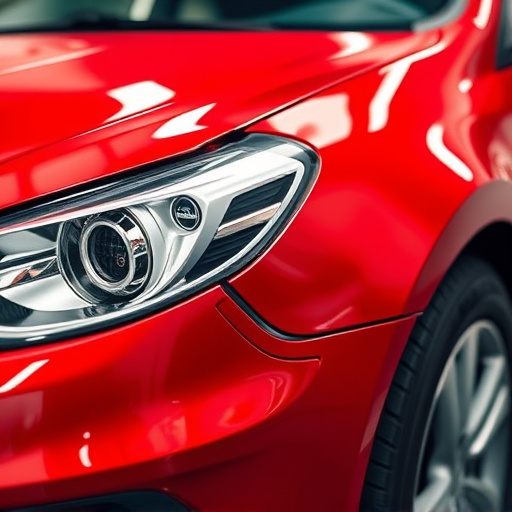
Layering techniques play a pivotal role in tri-coat paint repair, offering numerous advantages that set them apart from traditional repair methods. By applying multiple thin layers of paint, rather than one thick coat, restorers can achieve a more durable and aesthetically pleasing finish. This method allows for better adhesion between coats, minimizing the risk of peeling or chipping over time. The process also facilitates the seamless blending of colors, ensuring that repairs are virtually indistinguishable from the original paint job.
Moreover, layering enhances the longevity of tri-coat paint repair, particularly in fleet repair services and classic car restoration projects. Each coat acts as a protective barrier, shielding the underlying surface from environmental damage, such as UV exposure and weather conditions. This is especially crucial for auto maintenance, as it preserves the vehicle’s original appearance and prevents premature deterioration. By adopting these advanced techniques, restorers can provide clients with high-quality, long-lasting repairs that meet or exceed industry standards.
Effective Application Steps for Longevity
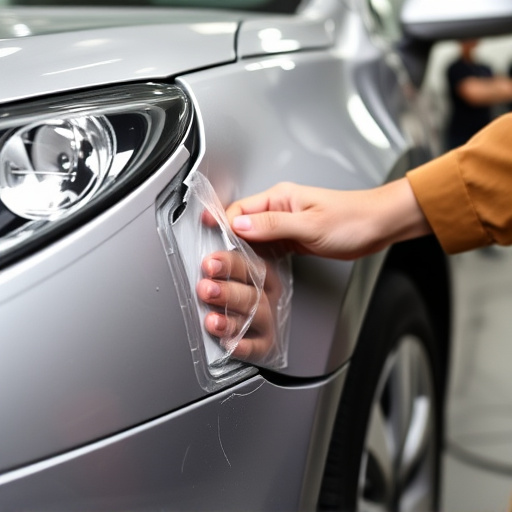
For long-lasting results in tri-coat paint repair, following a precise and effective application process is paramount. It begins with thorough preparation of the damaged area, ensuring all debris and contaminants are removed. This includes sanding down the surface to create a smooth base, which promotes better adhesion for subsequent coats.
Next, applying each layer methodically and allowing adequate drying time between them is crucial. The first coat should be designed to fill in imperfections and serve as a foundation. The second layer adds depth and protection, while the topcoat provides the final finish and added durability. This layering technique not only enhances the aesthetics of the tri-coat paint repair but also guarantees longevity, making it an indispensable practice in autobody repairs for maintaining the car’s exterior beauty and protective properties against environmental factors. Remember, proper application is key to achieving a robust and visually appealing outcome in car paint repair.
Layering techniques are an indispensable part of tri-coat paint repair, offering significant advantages in terms of durability and aesthetics. By understanding the basics and implementing effective application steps, professionals can ensure long-lasting results for even the most damaged surfaces. This meticulous approach not only enhances the visual appeal but also safeguards against future corrosion, making it a vital skill in the automotive restoration field. Incorporating these techniques into your repair process will undoubtedly elevate the quality and longevity of tri-coat paint jobs.
